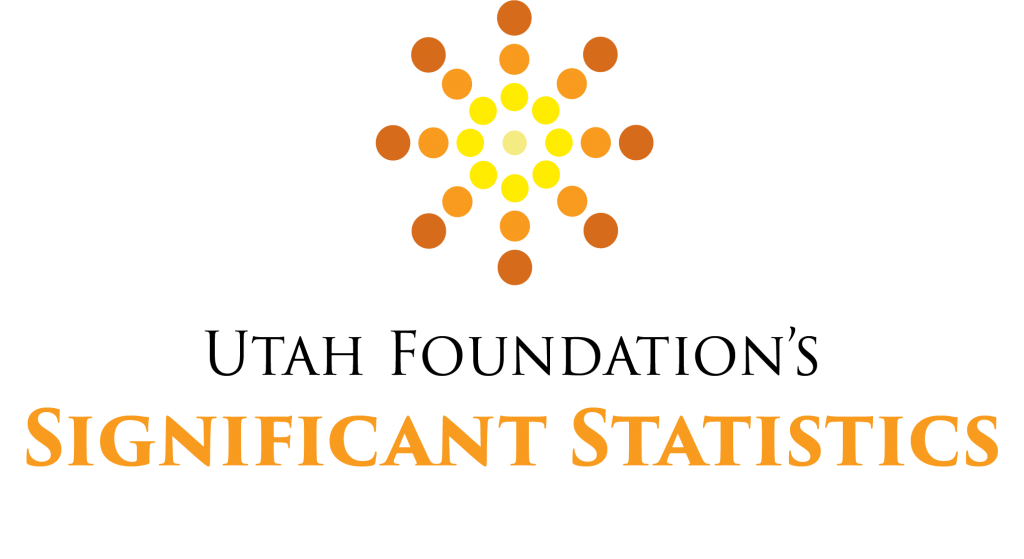 Income Inequality in Utah: Urban Versus Rural
Income Inequality in Utah: Urban Versus Rural
Last week, Utah Foundation held a Breakfast Briefing on income inequality in Utah. One question that the briefing didn’t address is what income inequality looks like off of the Wasatch Front. While last week’s Significant Statistic looked at inequality by county and region, this week’s post looks more directly at the urban/rural divide.[1]
Utah Foundation sorted Utahns by urban and more-rural counties, dividing each into five evenly-sized groups organized by income (quintiles) to compare how much each group earned. We found that income inequality was nearly identical when comparing Utah’s urban counties and Utah’s more-rural counties. In both urban and more-rural counties the lowest earning 20% of households earn only 4% of the personal income, while the highest earning 20% of households earn nearly half of the personal income.
Figure 1: Percent of Income from each Quintile
| Urban Utah | Rural Utah* | |
| Lowest Earning 20% | 4% | 4% |
| 20%-40% Quintile | 10% | 10% |
| 40%-60% Quintile | 16% | 16% |
| 60%-80% Quintile | 23% | 23% |
| Highest Earning 20% | 47% | 48% |
* Sums to 101% due to rounding.
However, that doesn’t mean income looks the same in both places. On average, each quintile among urban counties has a higher income.
Figure 2: Average Income in each Quintile
| Urban Utah | Rural Utah | |
| Lowest Earning 20% | $18,881 | $15,633 |
| 20%-40% Quintile | $45,619 | $37,749 |
| 40%-60% Quintile | $70,397 | $60,714 |
| 60%-80% Quintile | $102,707 | $89,531 |
| Highest Earning 20% | $207,101 | $185,876 |
This means that a household earning $120,000 would be in the 60% to 80% quintile in urban Utah, but in the highest earning quintile in more-rural areas of the state. While the average urban household in each quintile earns more than its more rural counterparts, part of more-rural counties’ lower income is offset by lower costs of living.
Income inequality may be equivalent between the urban and the more-rural counties in Utah, but that is not to say that there is no inequality. The income inequality statewide is significant, with the highest earning 50% of Utah households taking home 78% of the total income. However, when compared to the nation, Utah often rates among the states with the lowest income inequality.[2]
[1] Weber, Davis, Salt Lake, Utah and Washington counties were classified as urban. The remaining counties were classified as “more-rural.” This classification was based on population density per square mile of private (non-state, -federal or -tribal land) and the share of the population of each county living in a city of 20,000 or more individuals.
[2] Population Reference Bureau, “Gini Index of Income Inequality,” 2013-2017 data, www.prb.org/usdata/indicator/gini/snapshot/.
Categories:


